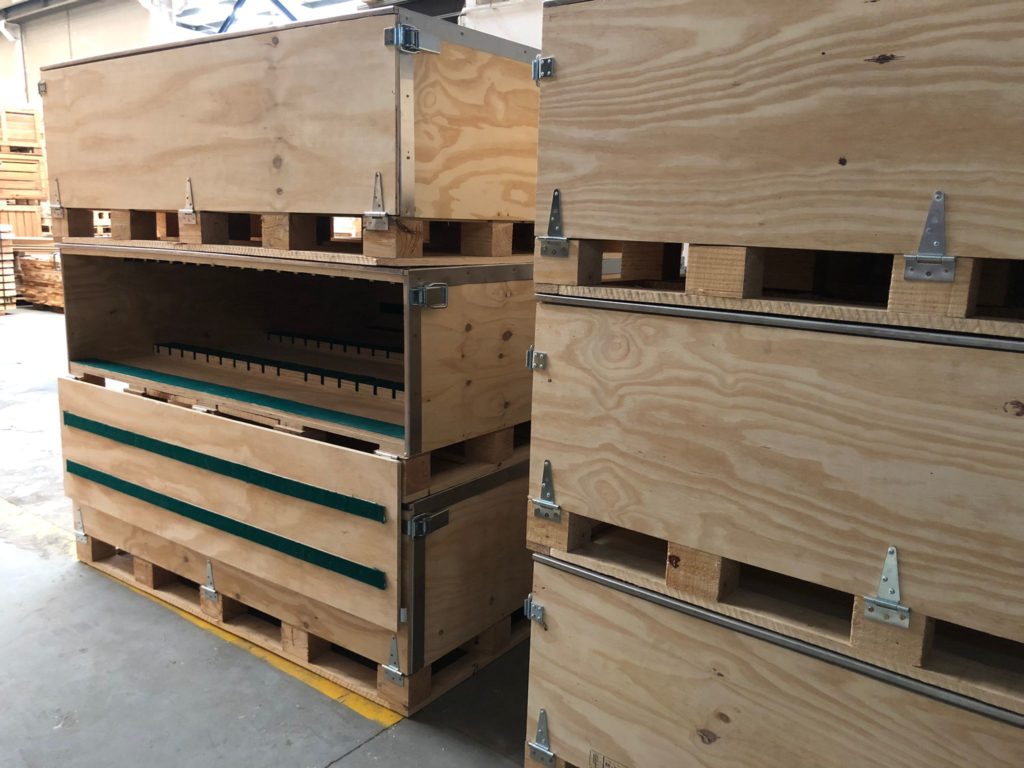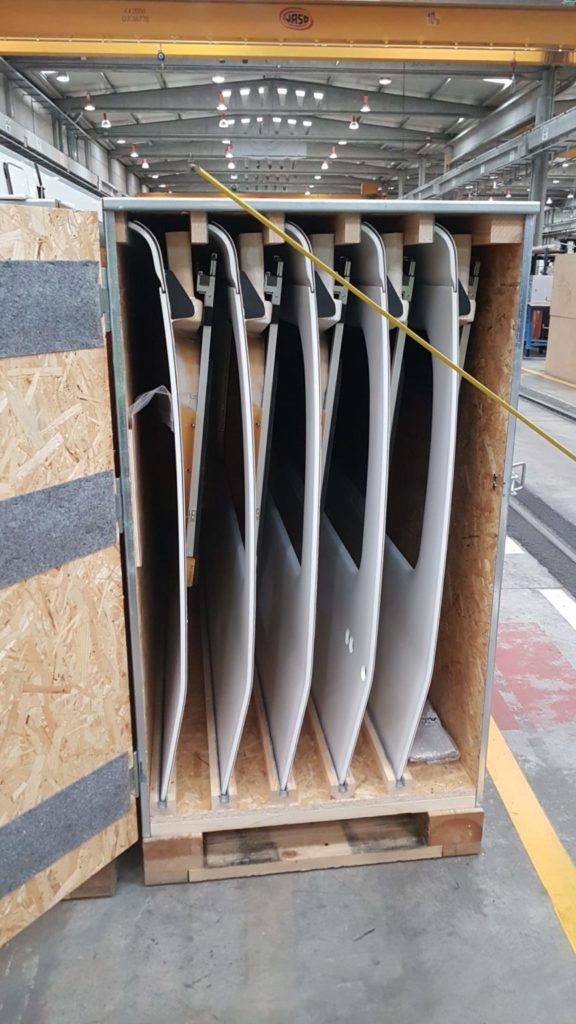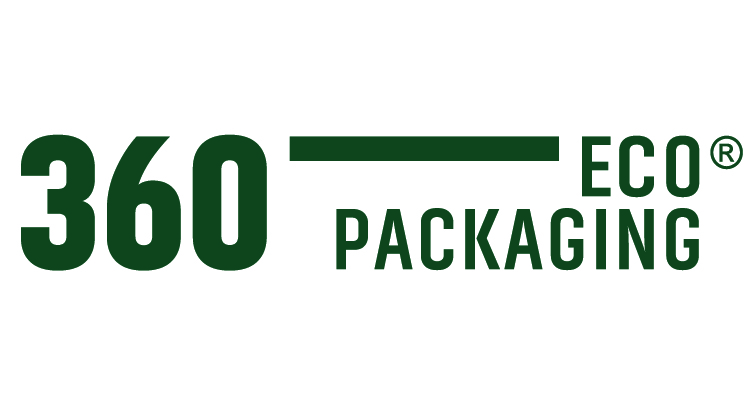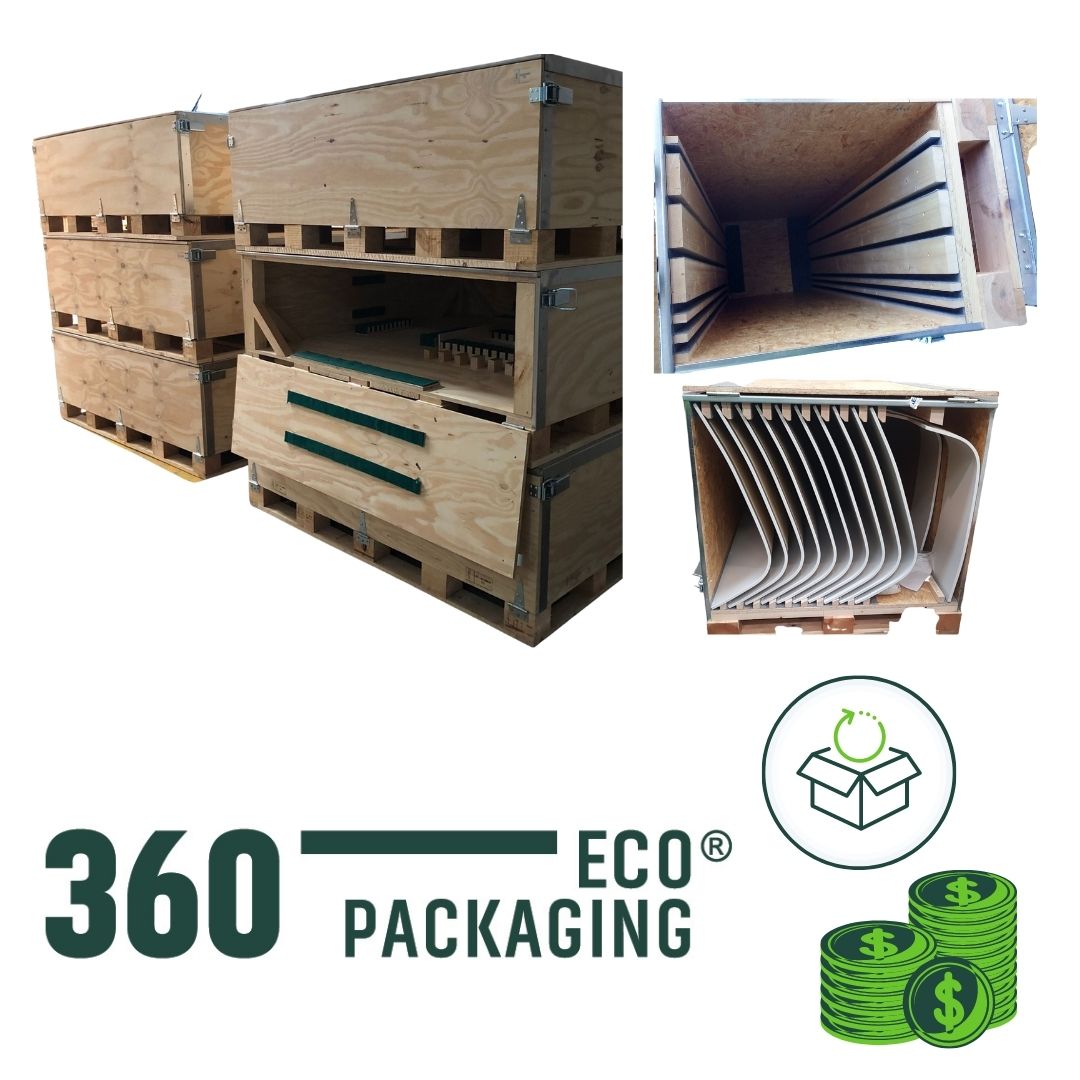By studying industrial packaging, companies can identify packaging solutions to optimize their logistics process.
Today’s packaging solutions are focused on reusability.
This means that we are moving from using disposable packaging to returnable and therefore reusable packaging, with significant economic as well as environmental benefits.
Table of Contents
What are the advantages of using returnable packaging?
A returnable packaging is one that once it has fulfilled its function is returned to the supplier of the goods received to be used again.
Most returnable packaging is foldable/ disassembled.
This reduces storage space when not in use, and transport space when packing items are returned.

Factors to consider before selecting this kind of packaging
Before selecting a returnable packaging it is necessary to consider certain factors that condition its typology and design:
- Initial situation study: product and current packaging, as well as its cost.
- Type of transport to be carried out, including distances in Km and number of stops in other centers, if applicable.
- Cycle of the returnable packaging and the quantity per unit of time to be completed (cycles/month, for example).
- Other specific requirements. For example, the number of packs that must be available in a warehouse at the same time or auxiliary means of mechanical handling of these packs.
How to calculate the profitability of returnable packaging
Once we have verified that the returnable packaging fits our needs and is technically feasible, we will analyze its profitability.
First, we establish the period of the project’s term (months or years). Then, based on the manufacturing forecasts, the number of returnable packages to be purchased will be determined.
For this we must take into account the cycle that follows a returnable packaging, which is the following:
- “X” packaging at the customer’s premises, unloading the product.
- “X” packages at the supplier’s facilities, loading the product.
- “X” packages returning, usually by land transport, to the supplier’s facilities to be used again.
- “X” packages under repair/consignment (safety margin and % repair).

When we know the number of returnable packages necessary for the correct operation of the cycle, we calculate the initial investment to be made.
To this must be added the expenses in the following weeks/months in return transport, repair / replacement of the returnable packaging and management of the returnable packaging, which would include the consignment, for example.
Finally, it is calculated how long the investment will be amortized to conclude whether or not the project is economically viable.
How long does the investment in returnable packaging pay off?
There are packaging optimization software that can give a rough idea of the cost and profitability of changing the current packaging to a returnable packaging, although as we have seen, several factors come into play that can condition the result.
At 360 Eco Packaging we have been studying the technical and economic feasibility of the transition to a returnable packaging in companies of various sectors industries.
Our data confirm that the implementation of a returnable packaging is amortized in the first months after the investment, reaching savings of one hundred percent in 12 weeks with respect to the previous packaging in certain projects.
Our experience as a packaging service provider shows that the closer the destination is and there is a constant demand for the products, the more profitable the returnable packaging will be.
Start the year saving on costs with a returnable packaging.
Request an audit with our technical department.
![]()






